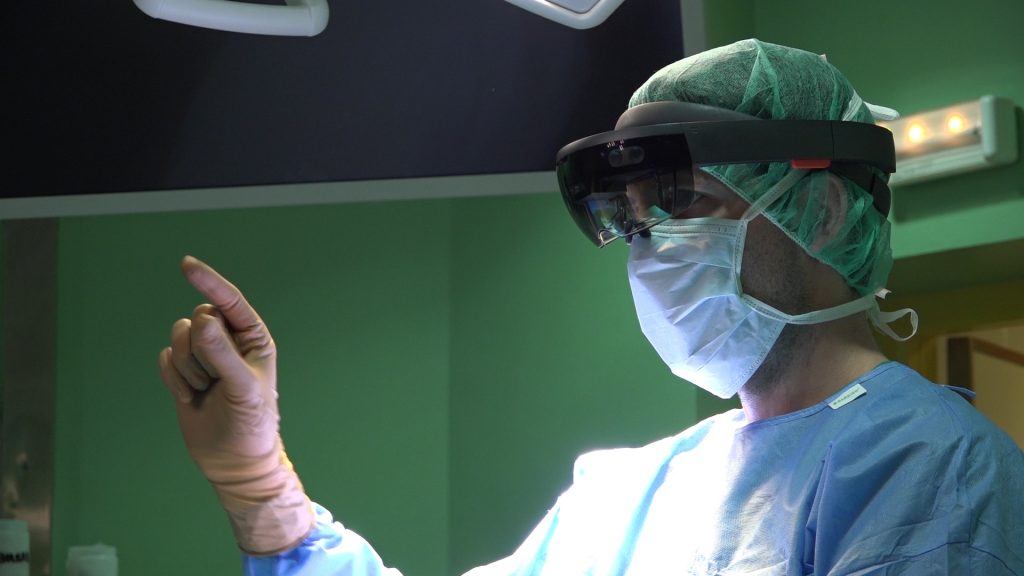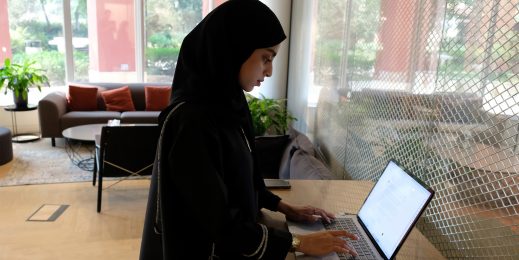
How Mixed Reality is helping surgeons remove tumours
A medical revolution
.
Just over 2,500 years ago in the 6th Century BC, an Indian physician called Sushruta created the first ever documentation of a surgical procedure.
This incredibly important milestone in human history was followed by an explosion of experimentation, learning and innovation, leading us all the way to modern medical practices.
Today, our life expectancy is at the highest point in the history of our species – and we’re showing no signs of slowing down.
Recently, we’ve progressed even further, by introducing the power of Mixed Reality into the operating theatre…
A surgeon’s vision
The General Hospital Universitario Gregorio Marañón in Madrid, together with Spanish company Exovite, have launched a pioneering project in which Microsoft HoloLens can be used to assist surgeons with the removal of malignant muscle tumours.
The system, dubbed HoloSurg, consists of a virtual layout of interactive panels, overlaid in a surgeon’s real-world view, combining both physical and virtual objects in a single view.
The panels themselves display vital patient information, such as a surgical atlas, as well as relevant 2D and 3D scans in the form of X-ray, CT, MRI scans and more, allowing surgeons to accurately reference tumour positions to guide with their surgical removal procedures.
HoloLens is able to display this information in any location the surgeon deems fit, thanks to its ability to create a 3D map of the real-world environment, which measures the room and objects within it.
The virtual panels can be manipulated, resized and moved around with simple hand gestures and voice commands, allowing the surgeon to, for example, zoom in and rotate a 3D model of an area of interest in the current patient they are operating on.
Thanks to its Mixed Reality functionality, surgeons can therefore access the critical information they need, while still being able to interact with the real word – namely other medical staff and the patients themselves – a benefit which traditional Virtual Reality headsets are unable to provide.
Another benefit to this system is the ability for the surgeon’s view to be shared, either locally or broadcast live, which is an ideal tool for training and educational purposes.
Overall, the system result in more accuracy, shorter surgery times, and the reduction of risk.
The future
The Gregorio Marañón Hospital has currently started using this system in trauma and orthopaedic department capacities – both areas in which the manipulation of 3D patient models for precise planning and reconstruction is vital.
In the case of ontological orthopedic surgery to remove a tumor, for example, the use of HoloLens allows surgeons to adjust their procedure to increase the chances of maximum tumour area removal.
Both the Gregorio Marañón Hospital as Exovite continue working to harness the power of HoloLens to guide procedures, and holographic systems such as this are expected to become more common in surgery environments in future.
















